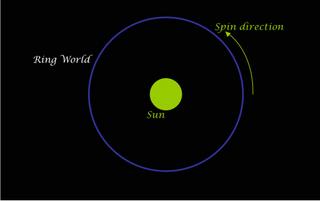Six Degrees and the Erdös Number
The equivalent of the KB game for scientists, or at least mathematicians, is the Erdös number. Paul Erdös, who recently died, was a prolific mathematician with many collaborators, and any association with him is a statement of ones connectedness with the top echelons of the community. The interesting discovery about small world networks, as discussed in Watt's book, is that groups contain both specialists and generalists. While the specialists may be considered the most important members of the group, it is the generalists that connect the group to the wider world. Without such people the group's activities remain isolated. With them some surprising connections can follow. Therefore even non-mathematicians may have a relatively low Erdös number. So I wasn't too surprised when a friend of mine, Joe Marasco, sent me an email reference to his web site where he discusses how he found his Erdös number to be 5. Joe, the recent author of a book on software development (referenced on this site) was also an experimental high energy physicist. His work is far removed from the type of "pure" math that Erdös was involved in, so he seemed quite pleased to find he had such a low Erdös number. Being a native New Yorker, (Joe is also one) I couldn't help taking up the challenge. So after using the Google Scholar web site and the Erdös number project data page I found the following set of references:
The acoustic cavity containing small scatterers as a singular perturbation problem
LESSER, M B; LEWIS, J A
Journal of Sound and Vibration. Vol. 33, pp. 13-27. 8 Mar. 1974
Charge Singularity at the Corner of a Flat Plate, J. A. Morrison and J. A. Lewis, SIAM J. Appl. Math., 31:2 (September 1976), pp. 233-250.
Asymptotic Analysis of a Random Walk on a Hypercube with Many Dimensions, P. Diaconis, R. L. Graham and J. A. Morrison, Random Structures and Algorithms, 1:1 (1990), pp. 51-72.
On a Linear Diophantine Problem of Frobenius, R.L. Graham (with P. Erdös), Acta Arithmetica, 21, (1972), pp. 399–408.
To my delight my Erdös number of 4 is lower than Joe's 5. The key to this was that R.L.Graham, with Erdös number 1, also worked at Bell Labs (I worked there from 1966 to 1971). This of course was the connection from the world of pure to the world of applied math.
If you want to compute your own Erdös number you should take a look at the Erdös number project web site (linked to above). I would be interested to hear from any friends as to what their Erdös number might be. At least one person in my academic department has an Erdös number of 3 so all of his collaborators are also at least E4s.
Cheers,
Marty






